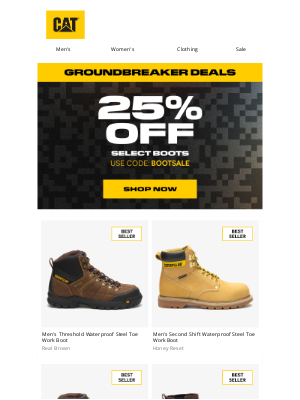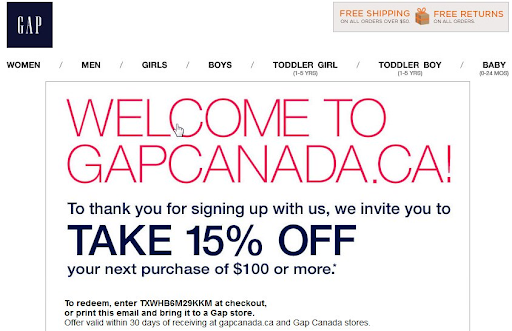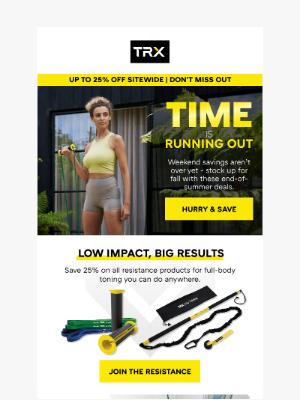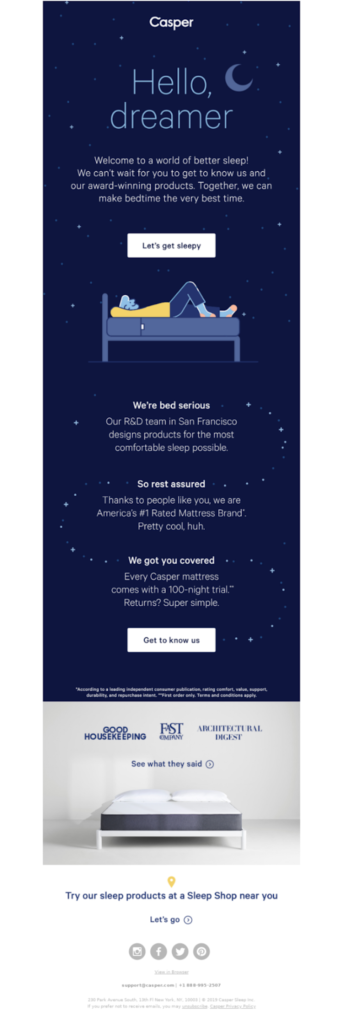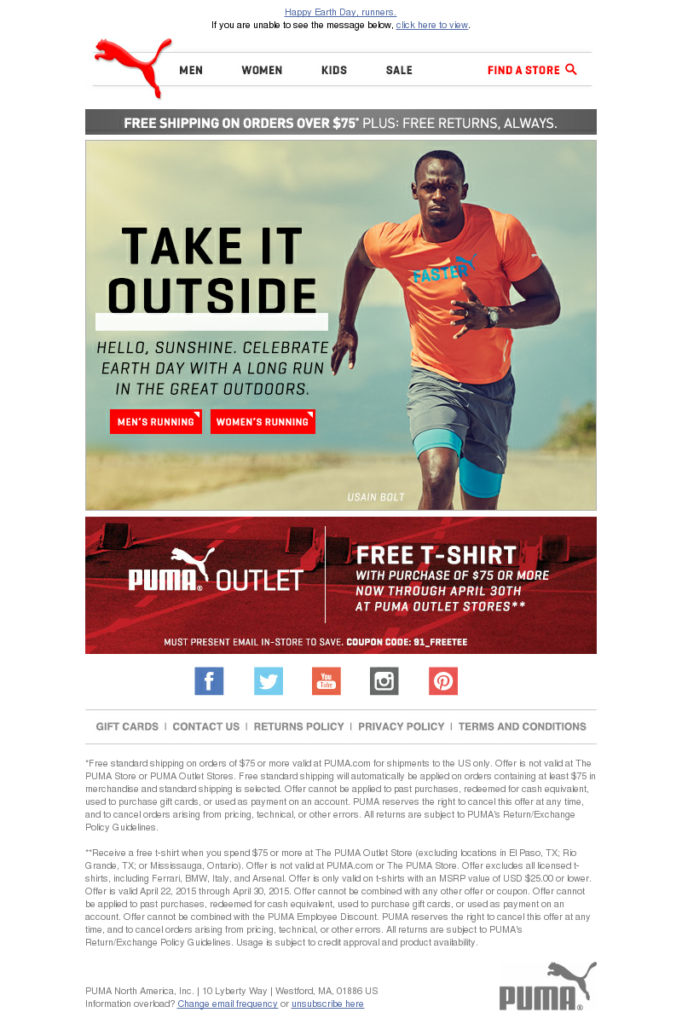Eblast is a powerful tool for reaching large audiences quickly, but doing so effectively and ethically is key. This guide offers a step-by-step approach to crafting impactful email campaigns that resonate with your audience while maintaining trust and compliance.
What is an Eblast?
An eblast, or email blast, involves sending a single email to a large group of recipients simultaneously. It acts as a digital megaphone, ideal for promoting products, announcing events, or sharing important updates.
What Makes an Eblast Ethical?
Below are helpful tips to ensure your email marketing is ethical and practical.
Obtain Explicit Consent
Always ensure that you have explicit permission from recipients before adding them to your email list. This means using opt-in methods where individuals voluntarily provide their email addresses, such as through sign-up forms on your website. Avoid purchasing email lists, as this can lead to sending unsolicited emails, which is unethical and illegal in many jurisdictions.
Respect Privacy and Preferences
Always include an unsubscribe link in your email. Respect your recipients’ privacy and make it easy for them to opt-out. Additionally, be transparent about how you use their data and ensure compliance with regulations like GDPR and the CAN-SPAM Act to build trust and maintain a positive reputation.
Be Transparent and Honest
Transparency is key to maintaining credibility. Clearly state who the email is from, and ensure the subject line accurately reflects the email content. Avoid misleading tactics, such as clickbait subject lines or hidden fees, which can erode trust and lead to complaints. Always provide truthful and accurate information in your emails to uphold your brand’s integrity.
Comply with Legal Requirements
Familiarize yourself with the legal requirements for email marketing in the regions where your recipients are located. For example, in the United States, the CAN-SPAM Act sets specific rules for commercial emails, including honoring opt-out requests promptly and avoiding deceptive subject lines. The GDPR in Europe requires explicit consent for data collection and gives individuals the right to access and delete their data. Compliance is ethical and protects your business from potential fines and legal issues.
Segment Your Audience Thoughtfully
Not all messages are suitable for all recipients. Segment your email list based on demographics, purchase history, or engagement level. This way, you can tailor your message to different groups, increasing the chances of success. For example, sending a discount offer to recent buyers can encourage repeat purchases, while new subscribers might appreciate a welcome email with tips and resources.
Avoid Overloading with Promotions
While promotions are a common feature of eblasts, they shouldn’t be the only content you send. Balance promotional emails with informational or educational content that provides value without asking for something in return. This approach nurtures your relationship with subscribers and positions your brand as a valuable resource rather than just a salesperson.
How to do an Eblast?
Creating and sending an email might seem straightforward, but there’s an art to doing it right. The following steps explain how to create an effective blast from the start until it lands in your recipients’ inboxes.
1. Define Your Goal
Before you start crafting your email, clearly define your objective. What do you want to achieve with it? Whether you’re promoting a new product, sharing company news, or driving traffic to a specific landing page, having a clear goal will guide the content and structure of your email.
2. Build or Segment Your Email List
With your goal in mind, the next step is to build or segment your email list. If you haven’t compiled a list, now is the time to gather contact information from your audience, ensuring that your list is up-to-date and compliant with regulations like GDPR and CAN-SPAM. Consider segmenting it based on demographics, purchase history, or engagement levels if you already have a list. Segmentation allows you to deliver more personalized and relevant content, which can lead to higher engagement rates for your email.
3. Choose the Right Email Marketing Platform
The right email marketing platform is essential for executing a successful email blast. Choose a service that meets your specific needs, whether Mailchimp, Constant Contact, or HubSpot. Once you’ve selected a platform, set up your account and upload your email list. Familiarize yourself with the platform’s features, such as automation, segmentation, and analytics, to fully leverage its capabilities for your email marketing.
4. Craft Your Email Content
Now, it’s time to create the email content. Start with a compelling subject line that grabs attention and entices recipients to open the email. The body of the email should be clear, concise, and engaging, focusing on the benefits of what you’re offering. Include a solid call to action (CTA) that guides recipients on what to do next, whether it’s “Shop Now,” “Learn More,” or “Sign Up.” Personalization can significantly enhance engagement, so use merge tags to include the recipient’s name or other relevant details.
5. Design Your Email
The design of your email plays a crucial role in how your message is received. Choose a responsive email template that looks great on all devices, including desktops, tablets, and smartphones. Incorporate your brand’s colors, logo, and fonts to maintain consistency with your overall branding. Use high-quality images that support your message, but be mindful of the text-to-image ratio to avoid triggering spam filters. A good balance between text and visuals will make your message more appealing and effective.
6. Preview and Test
Before sending your email, preview and test the email to ensure everything looks and works as intended. Review how the email appears on different devices and email clients to ensure a consistent experience for all recipients. Send a test email to yourself and a few colleagues to check for any issues with the layout, links, or content. This step is crucial to catching mistakes before the email reaches your audience.
7. Set Up Tracking
To measure the success of your eblast, set up tracking for key metrics such as open rates, click-through rates, and conversions. You can add UTM parameters to the links in your email to track performance in Google Analytics. Most email marketing platforms offer built-in analytics, which you can use to monitor the effectiveness of your campaign. Tracking these metrics will provide valuable insights into how your audience engages with your email.
8. Schedule Your Email Blast
Timing is everything when it comes to email marketing. Choose the best time and date to send your email, considering your audience’s time zones and habits. Many email marketing platforms offer tools to help you schedule your campaign for optimal engagement. Once you’ve determined the best time, use the platform’s scheduling feature to set your email to be sent automatically.
9. Send the Email
After double-checking everything—subject line, links, images, and list segmentation—it’s time to send your message. This final check is crucial to ensure everything is in order and that your email will be received as intended. Once you’re confident everything is set, hit send, and your email will be delivered to your selected recipients.
10. Monitor Performance
Once your email has been sent, closely monitoring its performance is important. Use the analytics provided by your email platform to track metrics such as open rates, click-through rates, and conversion rates. These metrics will give you insight into how well your email marketing is performing and where there might be room for improvement. Analyzing this data will help you refine your approach for future email campaigns.
11. Follow-Up
Depending on your email marketing performance, you may want to follow up with recipients who didn’t engage with your initial email. Consider sending a slightly modified email to this group, perhaps with a different subject line or offer to capture their attention. Continuous improvement is key in email marketing, so use the data gathered from each campaign to enhance your future efforts.
12. Compliance and Unsubscribe Management
Finally, ensuring that your email content complies with all relevant email marketing laws is essential. Ensure every email includes an easy-to-find unsubscribe link, allowing recipients to opt-out if they no longer wish to receive your emails. Regularly update your email list to remove unsubscribed or inactive users, helping you maintain compliance and keep your list clean and engaged.
By following these steps, you can effectively plan, execute, and monitor an eblast that resonates with your audience and achieves your marketing goals.
What is the Best Time to Send an Eblast?
According to recent studies, the best time to send an email blast is around 4 AM for higher open rates and 6 AM for better click-through rates. However, this isn’t a one-size-fits-all answer. Your audience’s behavior can vary, and relying solely on these times might not yield the best results for your context.
Rather than generalizing, consider using algorithms that adjust email sending times based on individual recipient behaviors. Tools like GetResponse’s Perfect Timing feature can optimize send times for each contact. Additionally, implementing marketing automation can help you send messages triggered by specific actions, ensuring your emails reach recipients at the most opportune moments.
Inspiring Eblast Examples
Looking for inspiration? Here are seven standout examples to get your creative juices flowing:
CAT Footwear
CAT Footwear successfully engages both buyers and non-buyers by analyzing click behavior to tailor future messages. The personalized approach ensures each recipient feels valued, enhancing the likelihood of conversion.
Live2Lead
This email invites subscribers to a leadership training event. Despite not being highly personalized, it clearly outlines the event’s benefits and has a strong call to action.
GAP
Announcing a back-to-school offer, this eblast targets a specific segment. GAP can further personalize content by analyzing recipient interactions and preferences.
TRX
A President’s Day offer was sent to everyone in the brand’s database. Observing how subscribers react can help TRX tailor future campaigns based on behavior and preferences.
Casper
A sales promo with a GIF header showcasing different sheets. Each icon links to specific product variants, enhancing user experience and engagement.
Magic Spoon
Vivid and colorful, this eblast uses subtle animation for social proof and a single-column layout for a clean design. The copy is playful and descriptive, enhancing appeal.
Puma
Creative campaign teaching recipients how to customize their shoes. Authentic photos and a clear goal make this email visually appealing and engaging.
Tools for Eblasts
Several reputable tools can help you create and send effective eblasts. Here are some options:
Snov.io
Snov.io offers a comprehensive email marketing platform with features for creating, sending, and tracking marketing emails. It’s user-friendly and provides excellent customer support. Their tools include email verification, lead generation, and CRM integration, making it a robust choice for businesses of all sizes.
Mailchimp
Mailchimp is one of the most popular email marketing tools. It offers a range of features, including templates, automation, and analytics. With its easy-to-use interface and powerful segmentation capabilities, you can create targeted campaigns that drive results.
Constant Contact
Constant Contact provides easy-to-use tools for email marketing, including customizable templates and detailed reporting. Their platform also offers event management and social media tools, allowing you to manage your marketing efforts from one place.
The Challenges of Using Email Blasts
While eblasts can be effective, there are potential pitfalls if not done correctly.
Spam Complaints
Sending emails to people who have not opted in can lead to spam complaints, damage your reputation, and result in your emails being blocked. To avoid this, always seek explicit consent from your recipients and regularly clean your email list to remove inactive or invalid addresses.
Low Engagement
If your emails are too frequent or irrelevant, recipients may ignore or delete them. This reduces the effectiveness of your campaigns and can lead to lower open and click-through rates. Focus on providing value in each email and avoid bombarding your audience with too many messages.
Legal Issues
Failing to comply with email marketing laws like the CAN-SPAM Act can result in hefty fines. Ensure you understand and follow the legal requirements for email marketing. This includes promptly providing a physical address in your emails and honoring opt-out requests.
Unlocking the Full Potential of Ethical Eblasts
Eblast is more than just a marketing tool—they’re an opportunity to build lasting relationships with your audience. When approached ethically and thoughtfully, your eblasts can be a powerful way to engage, inform, and inspire action.
Beyond following best practices, consider how you can innovate and experiment with your campaigns. Try adding interactive elements, like surveys or polls, to gather feedback and deepen customer engagement. Personalization will continue to be crucial, but going beyond names—such as tailoring content to preferences or behavior—can dramatically improve response rates.
Ultimately, mastering the art of eblast means blending strategic thinking with ethical responsibility, ensuring your emails offer real value and are something your recipients look forward to. When done right, they can serve as a cornerstone of a well-rounded, successful digital marketing strategy.

We empower people to succeed through information and essential services. Do you need help with something? Contact Us.
Want a heads-up once a week whenever a new article drops?


